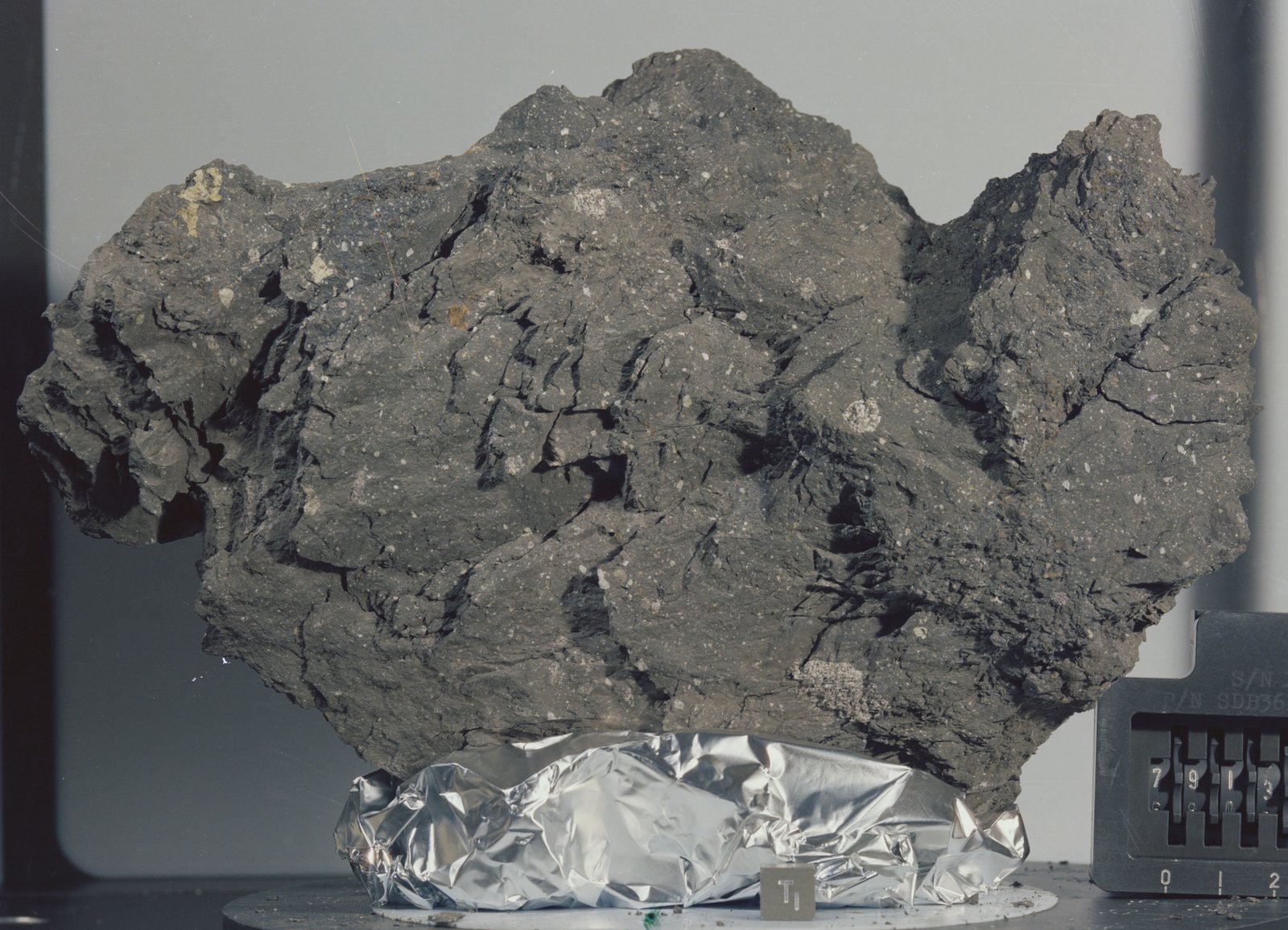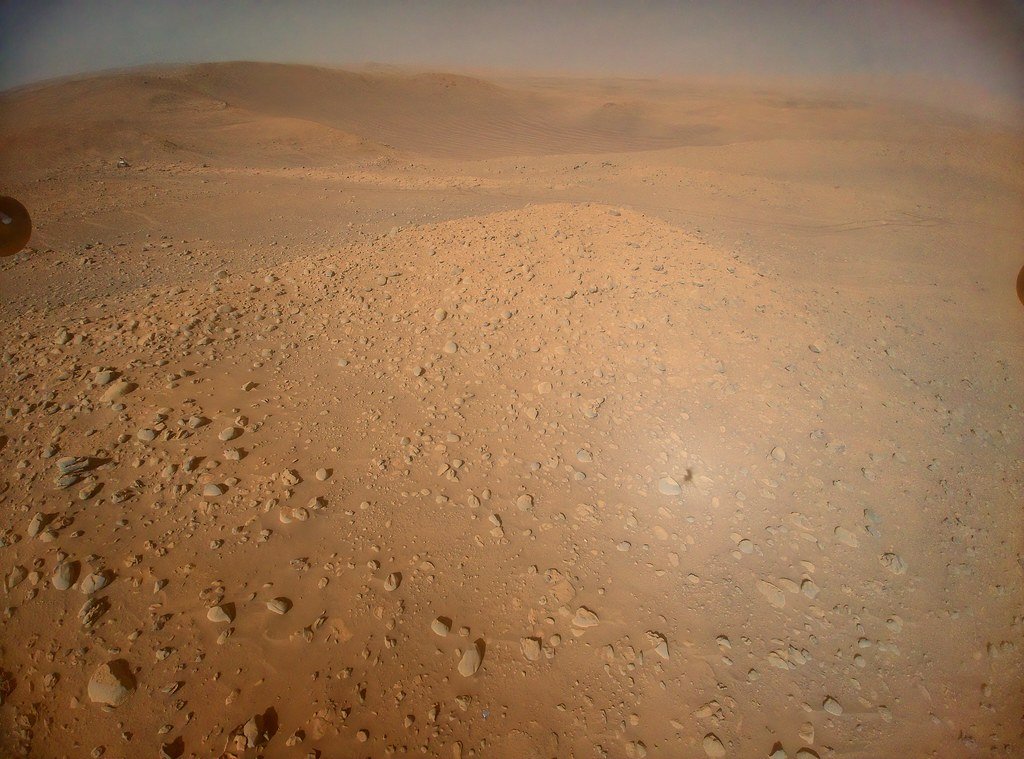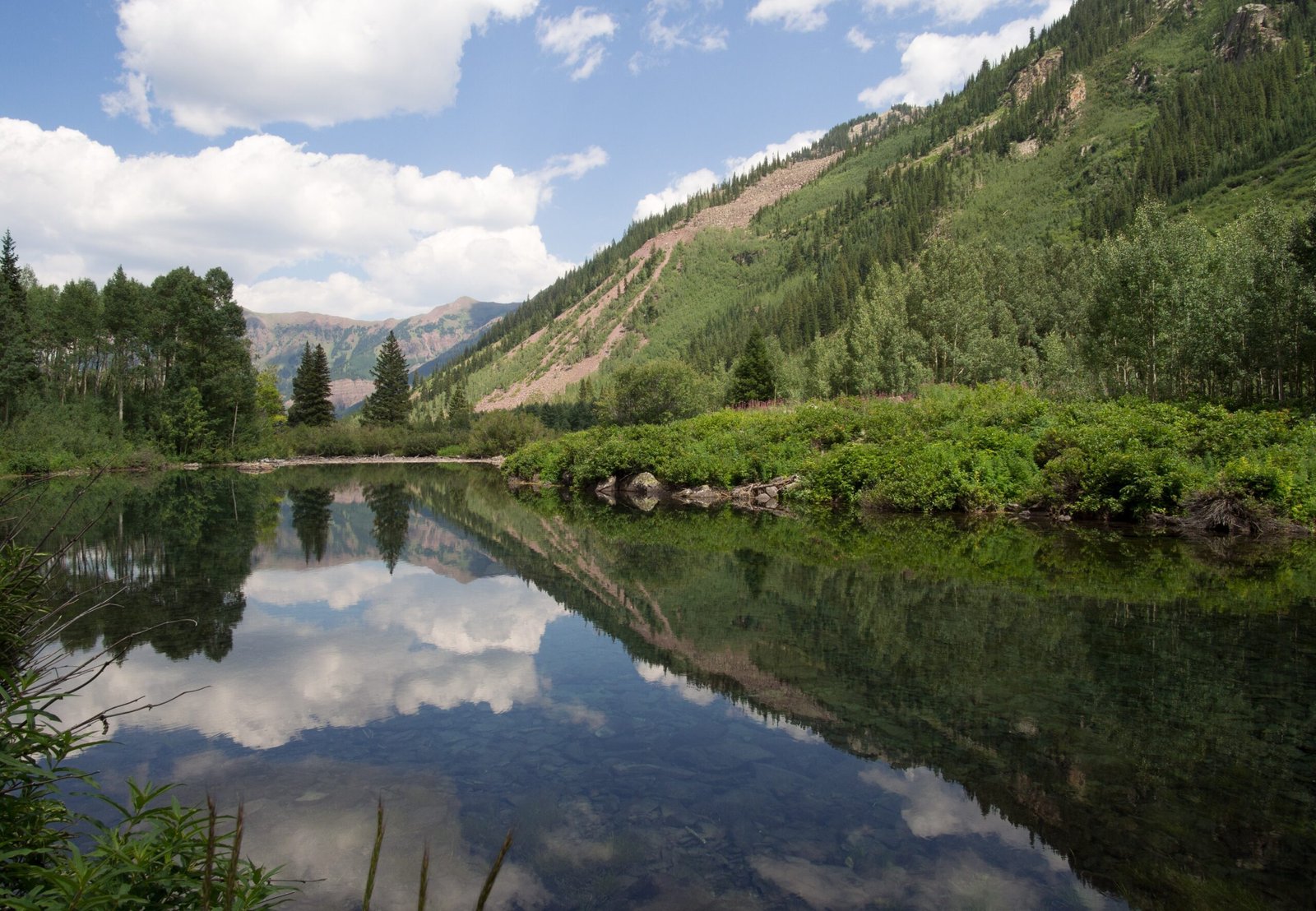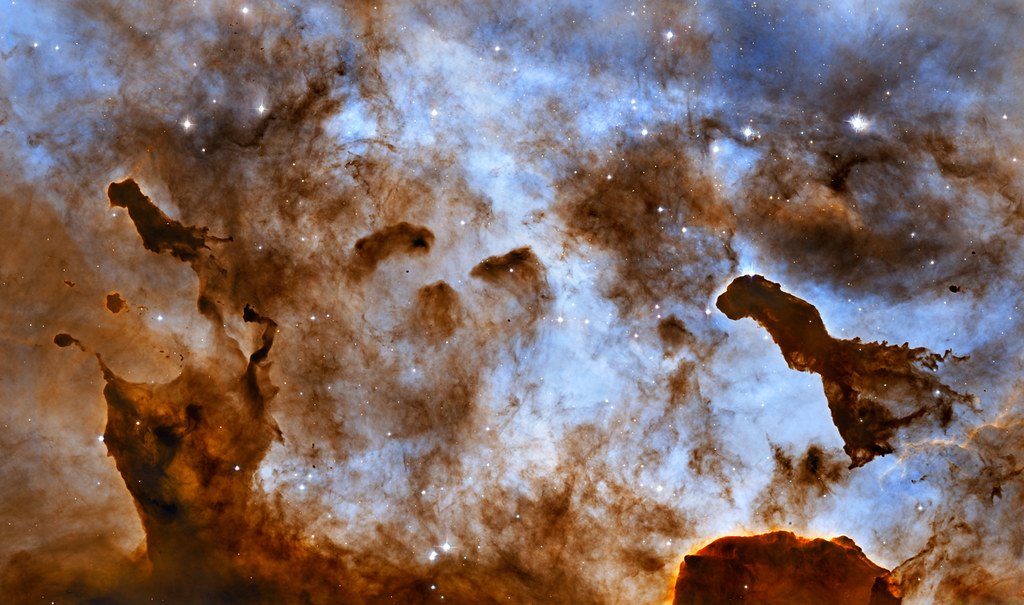Two worlds hang in our sky like ancient riddles waiting to be solved. One silver and familiar, the other rust-colored and mysterious. For decades, scientists have been collecting pieces of these celestial neighbors, bringing them back to Earth in sealed containers and spacecraft holds. What these samples tell us about life’s possibilities beyond our blue planet might surprise you more than you’d expect.
The Great Sample Collection Race

Space agencies worldwide have been racing to grab chunks of the Moon and Mars for good reason. NASA’s Apollo missions brought back 842 pounds of lunar material between 1969 and 1972, while more recent missions have delivered Martian meteorites and direct samples from rovers. These aren’t just pretty rocks for display cases. Each grain of dust, every crystalline fragment holds clues about whether life could survive on these worlds. The Chinese Chang’e missions and NASA’s Perseverance rover continue this treasure hunt, each sample potentially rewriting our understanding of habitability. Think of it like reading a book written in stone, where every page reveals secrets about water, atmosphere, and the building blocks of life.
Moon Rocks Tell Ancient Stories

Lunar samples paint a picture of a world that once bubbled with volcanic activity but has been essentially dead for billions of years. The rocks show no signs of water-altered minerals, organic compounds, or the chemical signatures we’d expect from biological processes. Instead, they reveal a bone-dry environment bombarded by cosmic radiation and solar wind for eons. The Moon’s samples are like time capsules from the early solar system, preserved in their original state because there’s been no atmosphere or water to change them. However, recent discoveries of water ice in permanently shadowed craters suggest the Moon might not be as lifeless as we once thought. These frozen deposits, detected through sample analysis and remote sensing, could provide the resources future lunar colonies would need to survive.
Martian Meteorites Drop Surprising Hints

Before we ever sent a rover to Mars, pieces of the Red Planet were literally falling into our laps. Martian meteorites, blasted off the planet by asteroid impacts millions of years ago, have been found in Antarctica and deserts worldwide. These space-traveling rocks contain minerals that could only form in the presence of water, including clay minerals and sulfates. Some even show signs of organic compounds, though scientists debate whether these came from Mars or contamination here on Earth. The famous ALH84001 meteorite sparked controversy in the 1990s when researchers claimed it contained fossilized Martian bacteria, though most scientists now doubt this interpretation. Still, these meteorites prove that Mars once had conditions far more Earth-like than the frozen desert we see today.
Perseverance Rover’s Game-Changing Discoveries

NASA’s Perseverance rover has been drilling into Martian rocks since 2021, and the samples it’s collecting are revolutionary. Unlike meteorites that traveled through space for millions of years, these samples come with perfect context about where and how they formed. The rover has found rocks rich in organic molecules in Jezero Crater, an ancient lake bed that once held water for thousands of years. These aren’t necessarily signs of life, but they’re the chemical building blocks that life as we know it requires. Perseverance has also discovered rocks that show clear evidence of long-term water interaction, including minerals that form slowly over time in wet conditions. The rover is currently storing these samples in sealed tubes for a future mission to bring them back to Earth, where advanced laboratories can analyze them in ways impossible on Mars.
Water: The Universal Life Requirement

Every sample from both worlds tells us something crucial about water, and the stories couldn’t be more different. Lunar samples show a world that lost its water early and completely, with only recent discoveries of ice in polar craters offering hope. Martian samples, however, scream of a watery past that lasted for hundreds of millions of years. Clay minerals found in Martian rocks form only when water interacts with volcanic material over long periods. Some Martian samples even contain minerals that precipitate from standing water, like the minerals that form in Earth’s hot springs. The difference is stark: the Moon never had enough gravity or atmosphere to hold onto water, while Mars had oceans, rivers, and lakes that persisted long enough for life to potentially take hold. This water story is perhaps the most important factor in determining which world might have hosted life.
Organic Compounds: Life’s Building Blocks

The search for organic compounds in planetary samples has produced fascinating results that highlight the differences between our two neighboring worlds. Lunar samples are almost completely devoid of organic materials, which makes sense given the Moon’s lack of atmosphere and water. Any organic compounds that might have arrived via meteorite impacts would have been destroyed by intense solar radiation over billions of years. Martian samples tell a completely different story, with multiple rovers detecting organic compounds in rocks and soil. These range from simple methane detected in the atmosphere to complex organic molecules found in ancient lake bed sediments. While these compounds don’t prove life existed on Mars, they show that the planet had the chemical ingredients necessary for biology. The preservation of these organics in Martian rocks, protected from radiation by the planet’s thin atmosphere and surface materials, gives scientists hope that more complex biosignatures might still be hiding in the Red Planet’s rocks.
Atmospheric Clues Locked in Stone

Planetary samples act like ancient weather stations, recording atmospheric conditions from billions of years ago. Lunar samples show evidence of the solar wind directly hitting the surface, with noble gases from the Sun embedded in the rock crystals. This tells us the Moon never had a significant atmosphere to protect its surface. Martian samples paint a picture of a world with a much thicker atmosphere in the past, evidenced by the types of minerals that formed and the way rocks were weathered. Some Martian rocks show signs of formation under higher atmospheric pressure, while others reveal the gradual thinning of the atmosphere over time. The isotope ratios in Martian samples also reveal that the planet lost most of its atmosphere to space, probably due to its weak magnetic field. These atmospheric stories help scientists understand which conditions are necessary for maintaining a habitable environment over geological time scales.
Mineral Signatures of Habitable Conditions

The minerals found in planetary samples are like fingerprints of past environmental conditions, and they reveal dramatically different stories for the Moon and Mars. Lunar minerals are mostly pristine volcanic rocks that crystallized in the absence of water, with compositions that match what we’d expect from a dry, airless world. Martian minerals, however, include a diverse suite of water-altered rocks that could only form under habitable conditions. These include clays that form when volcanic rocks interact with neutral-pH water, sulfate minerals that precipitate from evaporating lakes, and even minerals that suggest hydrothermal activity. Some Martian samples contain minerals that on Earth are associated with biological processes, though this doesn’t prove life existed on Mars. The mineral diversity in Martian samples suggests the planet went through multiple phases of habitability, with different types of water environments existing at different times and locations.
Temperature Records Written in Rock

Planetary samples preserve temperature records that help scientists understand past climate conditions and their implications for habitability. Lunar samples show evidence of extreme temperature variations, with rocks that have been repeatedly heated and cooled over billions of years without any atmospheric buffering. The Moon’s surface temperatures swing from 250°F in sunlight to -250°F in shadow, conditions that would make liquid water impossible even if it were present. Martian samples tell a more complex thermal story, with minerals that formed at moderate temperatures consistent with liquid water stability. Some Martian rocks show evidence of formation in warm, wet conditions that could have supported life, while others reveal the gradual cooling and drying of the planet over time. The temperature records in Martian samples suggest the planet had periods of relatively mild climate that lasted long enough for complex chemistry and potentially biology to develop.
Radiation Exposure and Its Implications

The radiation environment of each world, as recorded in their samples, plays a crucial role in determining habitability. Lunar samples show extensive damage from cosmic rays and solar particles, with rock surfaces that have been “space weathered” for billions of years. This intense radiation would be lethal to most Earth life and would break down organic compounds rapidly. The lack of atmosphere and magnetic field on the Moon means the surface is constantly bombarded by high-energy particles. Martian samples show much less radiation damage, thanks to the planet’s thin atmosphere and occasional dust storms that provide some protection. While Mars receives more radiation than Earth, it’s not necessarily lethal to all forms of life, and the planet’s subsurface could provide additional shielding. Some scientists believe that life on Mars, if it exists, might have retreated underground to escape surface radiation, making subsurface samples particularly important for future habitability studies.
Chemical Energy Sources for Life

Life needs energy, and planetary samples reveal what energy sources might be available on different worlds. Lunar samples show a chemically inactive environment with few opportunities for the energy-producing reactions that life requires. The Moon’s rocks are essentially “dead” chemically, with no ongoing processes that could fuel biological systems. Martian samples, however, contain minerals that suggest active chemical processes both in the past and potentially continuing today. These include iron-bearing minerals that could participate in energy-producing reactions, sulfur compounds that some Earth bacteria use for energy, and evidence of chemical gradients that life could exploit. Some Martian samples even show signs of ongoing chemical alteration, suggesting that energy-producing reactions are still occurring on the planet. The chemical energy landscape revealed by Martian samples is far more promising for life than what we see in lunar materials, providing another reason why Mars is considered more potentially habitable.
Preservation Potential for Biosignatures

One of the most important factors in assessing habitability is whether a world could preserve evidence of life if it existed. Lunar samples show that the Moon’s surface is a terrible place for preserving biosignatures, with constant bombardment by radiation and micrometeorites destroying any organic materials. The lack of atmosphere means there’s no protection from space, and the extreme temperature swings would break down complex molecules rapidly. Martian samples demonstrate much better preservation potential, with organic compounds surviving for billions of years in rock formations. The planet’s geology includes sedimentary environments like ancient lake beds where biosignatures could be buried and protected from radiation. Some Martian rocks even show excellent preservation of delicate mineral structures, suggesting that if life existed on Mars, evidence of it might still be recoverable. This preservation potential makes Mars a much more promising target for searching for past life than the Moon.
Subsurface Secrets and Hidden Habitability

While surface samples tell important stories, they also provide clues about what might be happening beneath each world’s surface. Lunar samples suggest that the Moon’s interior cooled and became inactive relatively early in its history, with little ongoing geological activity that could create habitable environments. However, recent discoveries of water ice in permanently shadowed polar craters hint that the Moon might have hidden pockets of more interesting chemistry. Martian samples indicate a much more active subsurface, with minerals that suggest ongoing water-rock interactions and possible hydrothermal activity. Some Martian meteorites contain minerals that could only form deep underground in the presence of water, suggesting that Mars might have subsurface habitable zones even today. The detection of methane in the Martian atmosphere, which could be produced by geological or biological processes, adds to the intrigue surrounding the planet’s subsurface habitability potential.
Comparing Magnetic Field Evidence

Magnetic field strength, as recorded in planetary samples, plays a crucial role in determining long-term habitability. Lunar samples show that the Moon once had a magnetic field but lost it early in its history, leaving the surface exposed to the full force of solar wind and cosmic radiation. This loss of magnetic protection contributed to the Moon’s inability to maintain an atmosphere or surface water. Martian samples tell a similar but more complex story, with evidence that Mars once had a strong magnetic field that gradually weakened and disappeared. This magnetic field loss was catastrophic for Martian habitability, allowing the solar wind to strip away the planet’s atmosphere over hundreds of millions of years. However, some regions of Mars still show remnant magnetic fields, and these areas might provide slightly better protection for any subsurface life that might exist. The magnetic field evidence in samples from both worlds emphasizes how important planetary magnetic protection is for maintaining habitable conditions over geological time.
Seasonal and Cyclic Changes

Planetary samples can reveal information about seasonal and long-term cyclic changes that affect habitability. Lunar samples show no evidence of seasonal variations, which makes sense given the Moon’s lack of atmosphere and nearly vertical axis of rotation. The Moon’s environment has been essentially static for billions of years, with no climate cycles that could create varying habitability conditions. Martian samples, however, preserve evidence of dramatic climate cycles driven by changes in the planet’s orbit and axial tilt. These samples show alternating layers of different minerals that suggest periods of greater and lesser water activity, possibly corresponding to ice ages and warmer periods. Some Martian rocks even show seasonal layering similar to tree rings, indicating that the planet once had regular seasonal cycles when it had a thicker atmosphere. These cyclic changes in Martian climate could have created diverse habitable environments at different times, increasing the chances that life could have found suitable conditions somewhere on the planet.
Future Sample Return Missions

The next generation of sample return missions will revolutionize our understanding of planetary habitability. NASA’s Artemis program plans to return humans to the Moon and collect samples from previously unexplored regions, including permanently shadowed craters that might contain ice and organic compounds. These new lunar samples could reveal whether the Moon has any hidden habitability potential in its polar regions. The Mars Sample Return mission, planned for the early 2030s, will bring back the samples currently being collected by the Perseverance rover, allowing scientists to analyze them with instruments too large and complex to send to Mars. These Martian samples will undergo the most detailed analysis ever performed on extraterrestrial materials, potentially revealing definitive evidence of past or present life. The combination of new lunar and Martian samples will provide an unprecedented comparison of habitability conditions on two very different worlds, helping scientists understand what makes a planet suitable for life.
Implications for Future Human Exploration

The habitability information revealed by planetary samples has profound implications for future human exploration and colonization efforts. Lunar samples confirm that the Moon is a harsh environment for human habitation, requiring extensive life support systems and radiation shielding for any permanent settlements. However, the discovery of water ice in lunar samples from polar regions suggests that the Moon could provide some resources for future human missions, reducing the need to transport everything from Earth. Martian samples paint a more promising picture for human exploration, with evidence of water resources, mineral wealth, and potentially even organic compounds that could be useful for future colonists. The chemical diversity revealed in Martian samples suggests that the planet could provide many of the raw materials needed for a self-sustaining human settlement. Understanding the habitability challenges revealed by these samples is crucial for planning future missions and ensuring the safety of human explorers on both worlds.
The Verdict from Stone and Dust

After decades of analyzing samples from both worlds, the evidence overwhelmingly points to Mars as the more habitable of our two closest neighbors. While the Moon remains a fascinating but largely sterile world, preserved in cosmic amber since its violent birth, Mars tells the story of a planet that once thrived with water, moderate temperatures, and the chemical ingredients for life. The samples we’ve collected don’t prove that life existed on Mars, but they show that the Red Planet once had everything necessary to support biology as we understand it. Perhaps most intriguingly, some of these habitable conditions might persist today in Mars’s hidden depths, waiting for future explorers to uncover their secrets. Could we be just one sample away from answering humanity’s greatest question about our place in the universe?




